In the UK, Easter weekend is my marker in the year when I know everything needs to be ready and most seeds need to be sown. Choose any week or weekend in April for this purpose to block out a number of days to get everything ready for the year ahead. This blitz of action will pay off tenfold across the rest of the year and you’ll be surrounded by tulips bursting into flower.
Remove unwanted plants!
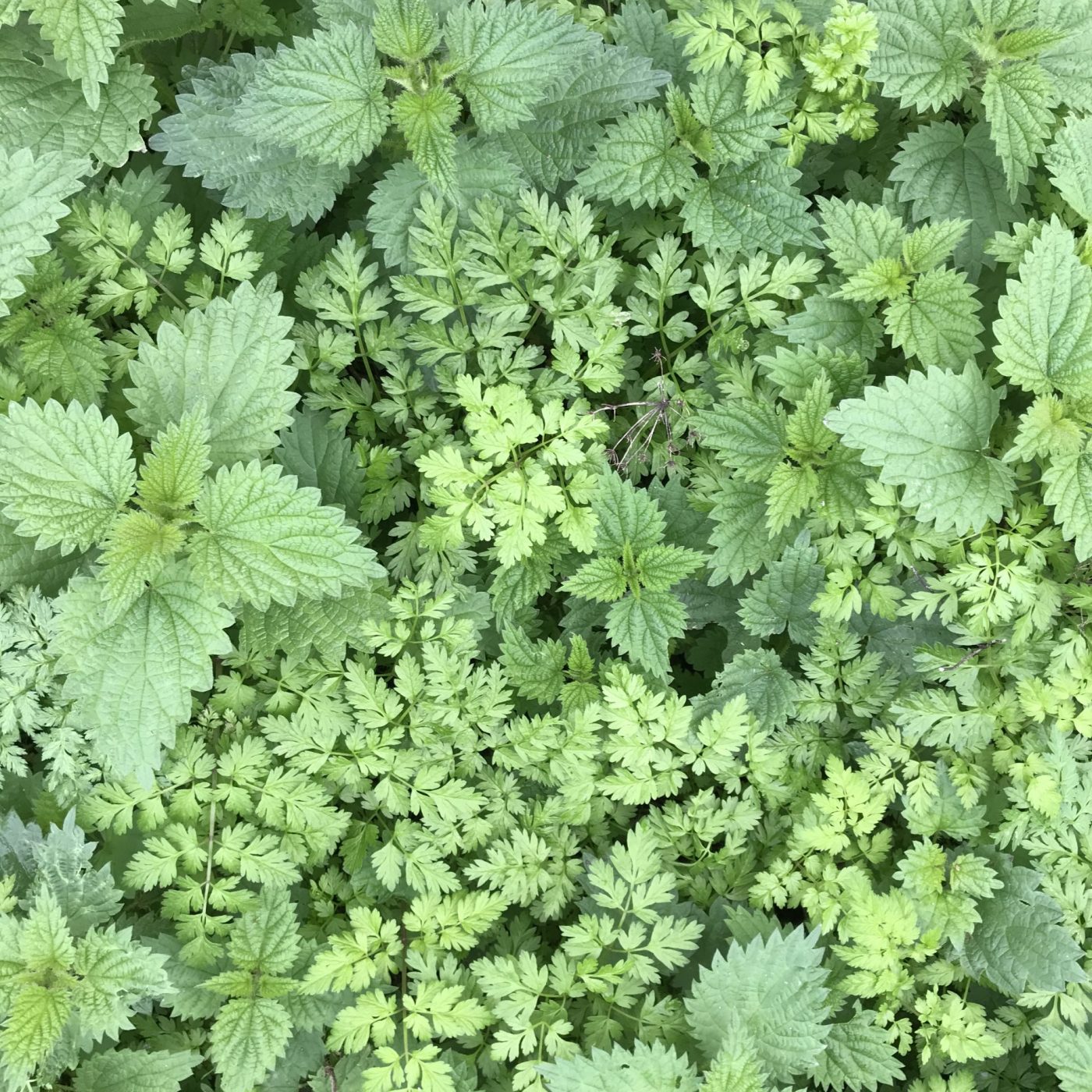
As spring arrives self sown seeds of wildflowers will burst into growth, often where you might not want them. this is your chance to really get on top of the situation now before it becomes unmanageable.
- Cover unused areas until ready: with a thick mulch of compost or well-rotted manure, weed suppressant matting or card board (but make sure the card is organic!)
- Hoe your way to victory: easiest in dry weather as wet soil is claggy and makes hoes useless.
- Use a hand fork: to get weeds out of an area about to be planted or from between other plants, such as fruit bushes.
- Don’t use weedkiller: I know it’s a quick option but I never use it because I find it unnecessary and more expensive than the above methods. It can also affect other plants you don’t want to harm if sprayed accidentally.
Ditch plants that aren’t thriving
If there are certain plants that struggle in your garden year after year, it’s time to compost them and try something else. Or at least move to another area. There is no point persevering with a plant that doesn’t like your garden’s conditions and there will be hundreds of thousands of alternatives to choose from.
For instance, lots of people complain about dahlias struggling thanks to slugs and snails, I’ve observed this is usually because of two reasons. One they are planted too near places slugs and snails can live, like fences, raised bed edges, near shrubs and other dense planting or walls. Instead grow them in the open where slugs don’t hang out. Second, they aren’t leaving them in the ground over winter – which is preferable for most parts of the UK, leading to stronger slug-proof plants. You only really need to dig them up if you live in the wettest, coldest regions, leave some in the ground next winter to see what happens.
Give shrubs and perennials a mulch
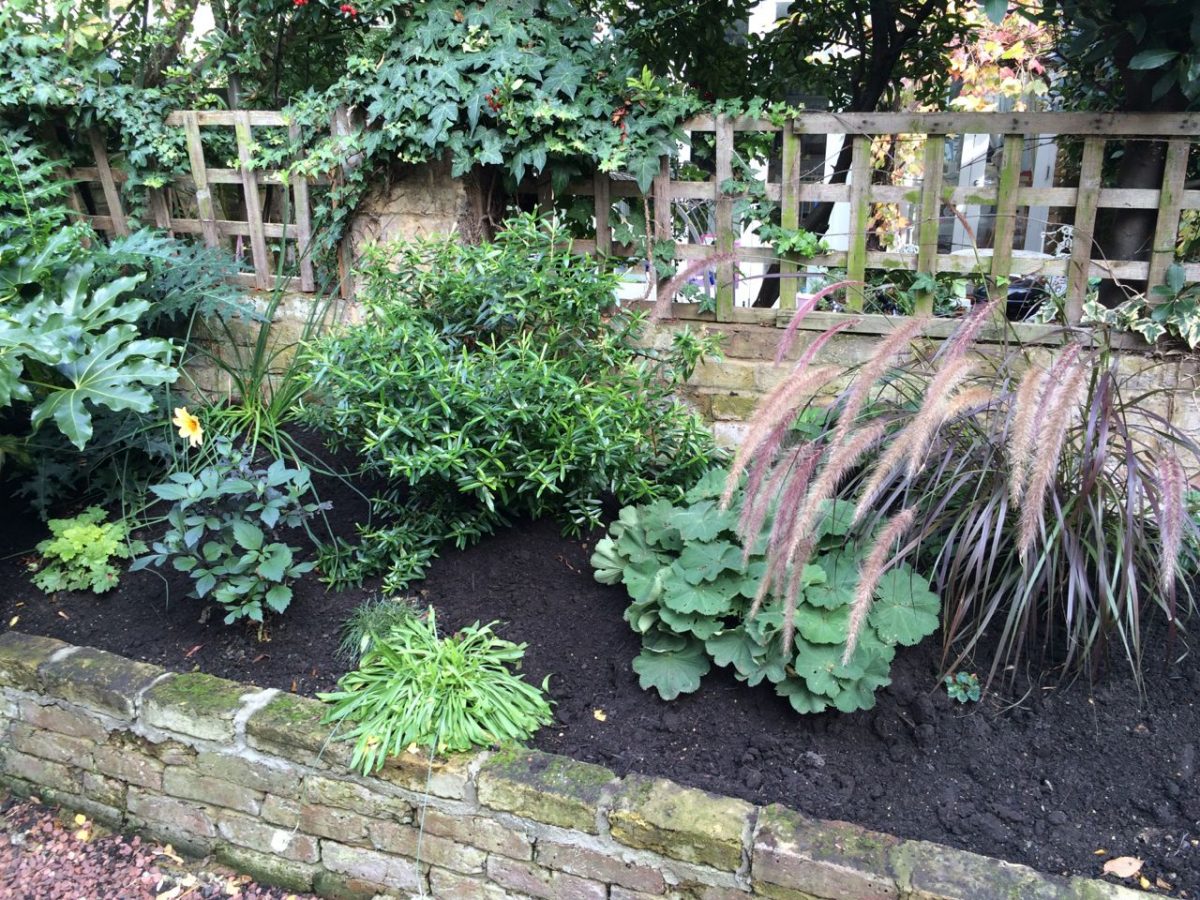
Fruit bushes and other perennial crops, plus fast growing perennial flowers such as canna, dahlias and clematis will benefit from added organic matter around where they’re growing to help feed rapid growth in coming months. Don’t put it on where they grow though – the growing points – as it can rot them.
Prune semi-tender plants
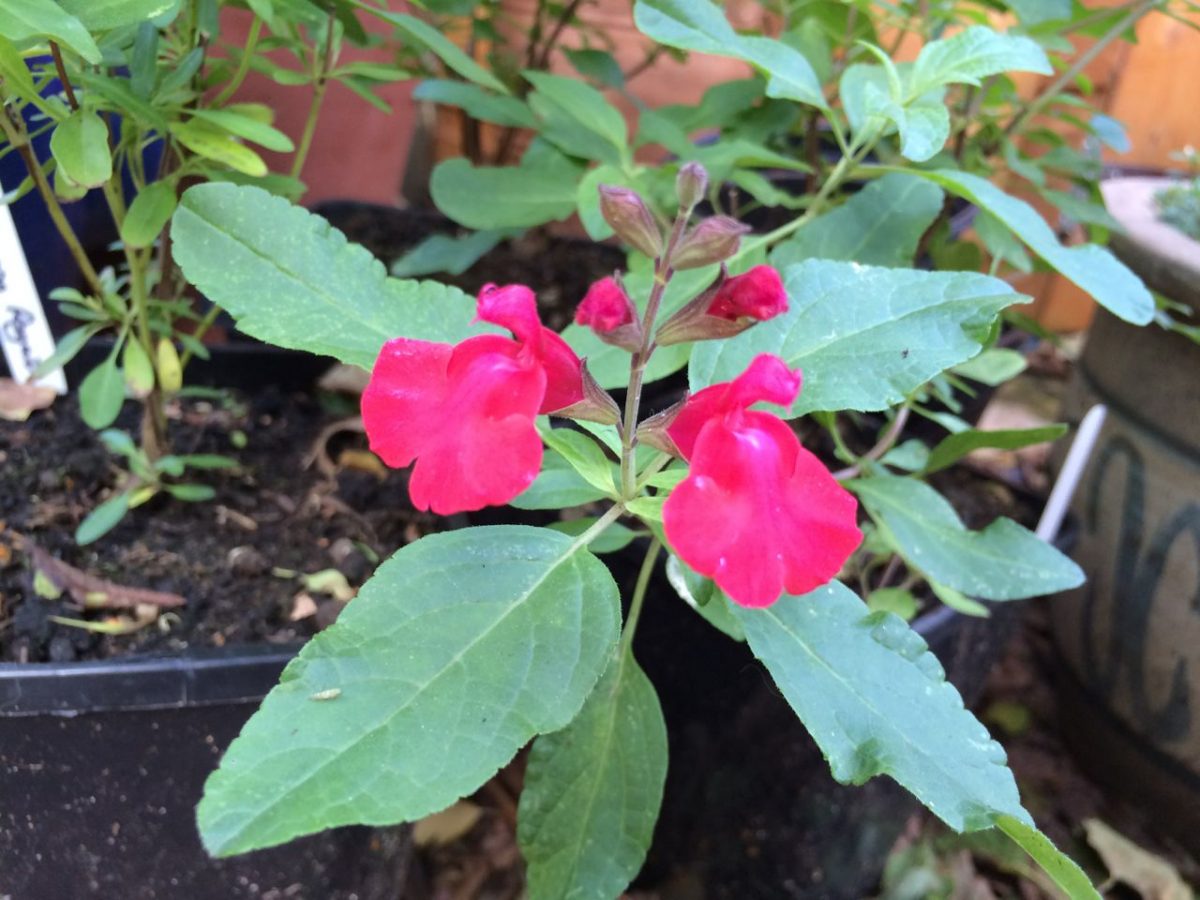
Penstemon and Salvia are best with their old growth on through winter until danger of frosts are over. In southern parts of the UK you should be able to start doing this now. Further north it’s worth waiting another month until mid to late May.
Hydrangea can be pruned back now, removing old flowered growth, cutting back to shoots slightly lower down.
Sow annual and perennial flowers
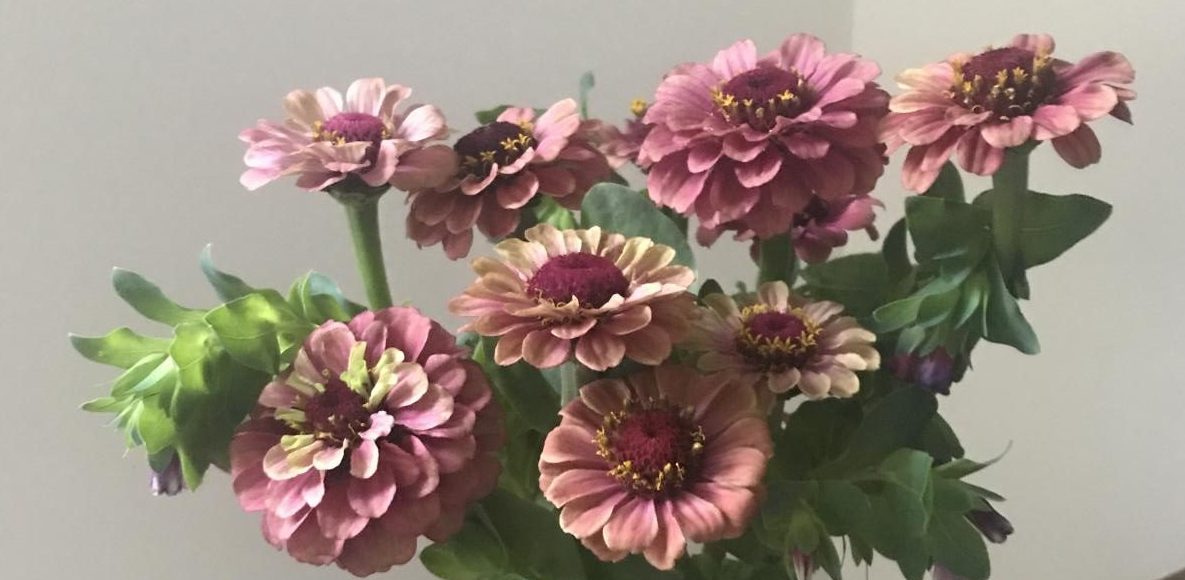
I generally wait until now to sow flowers as the longer warmer days spark stronger earlier growth, and I’m starting to sow the likes of:
- Annual flowers: Calendula, Nicotiana, Ammi, tropaeolum (Nasturtium), Zinnia and Centaurus cyanus. Remember that sweet peas (Lathyrus odoratus) can be sown now too no problem.
- Perennial flowers: such as Dahlias, Hylotelephium (sedums), Althaea and Astrantia.
Edibles to sow undercover in the warm
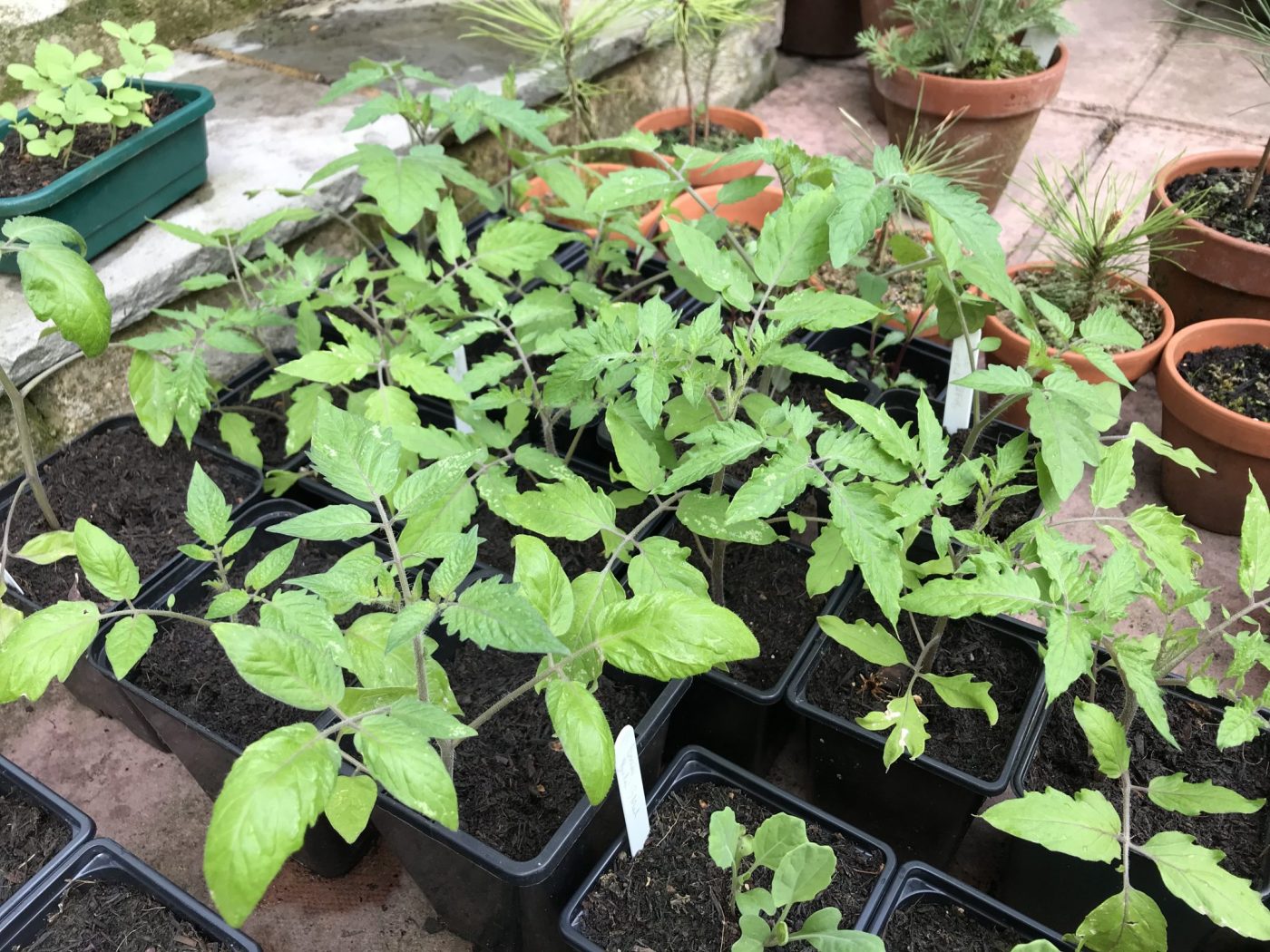
By inside I mean anywhere with heating for extra warmth. For most people this will be windowsills in the house or it could be a greenhouse or polytunnel with heaters.
- Tomatoes: if you haven’t already, now is the time! In northern regions, where I’m now based, waiting until late-March/early-April is best because it takes longer for the days to become warmer.
- Basil and coriander
- Hold off: on courgettes, cucumbers, squash, runner beans and French beans until the end of the month or even May. They like it hot and sunny!
- Missed crops: for chillies, onions and aubergines it’s a tad late now, it’s worth trying for but for surer results, buy plug plants and onion sets online or from nurseries.
Edibles to sow under cover in the cool
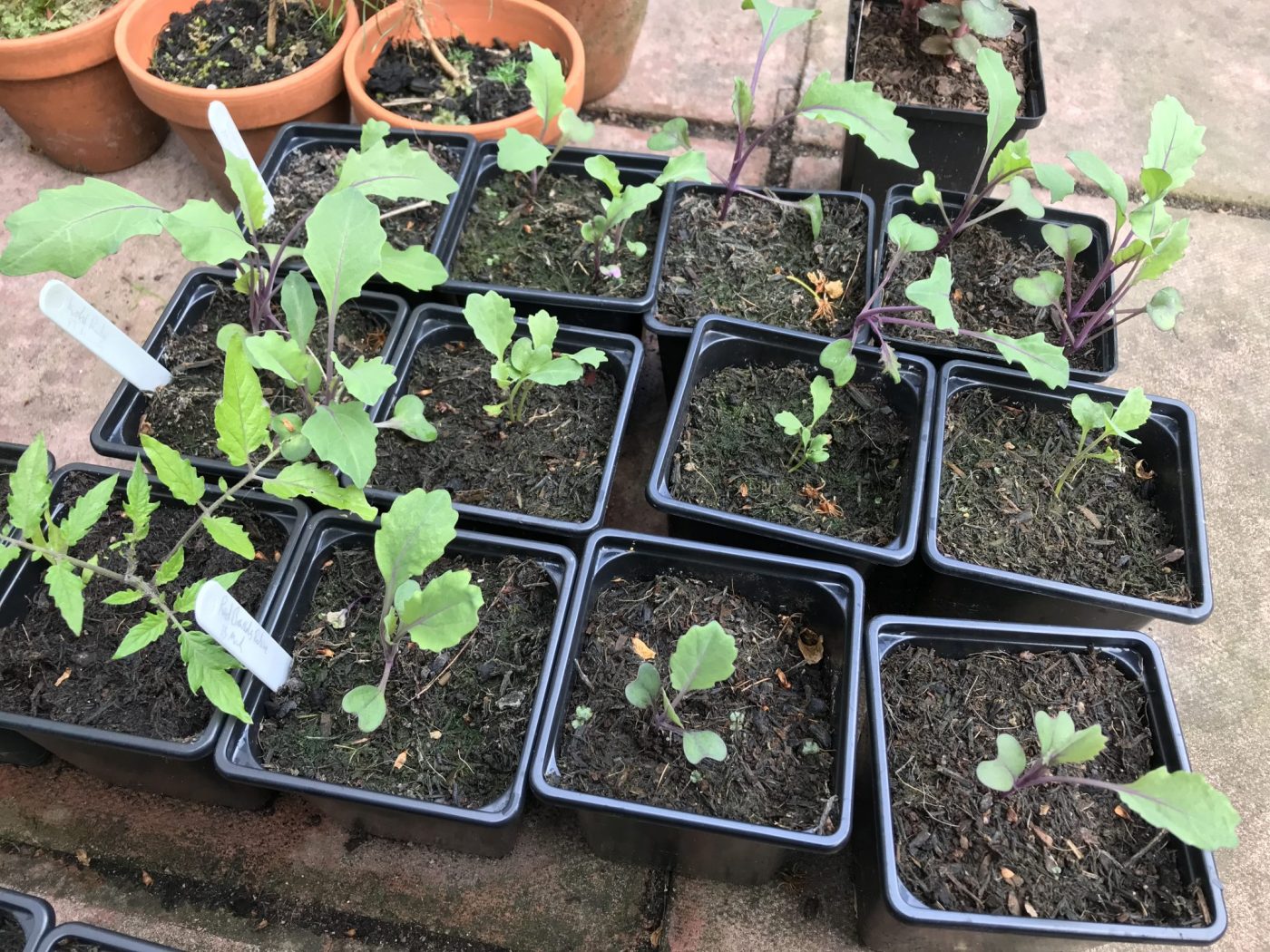
This is for crops sown either direct into the ground with a fleece or cloche cover, or into pots and trays in greenhouses, cold frames and polytunnels without a heater.
- Salad crops: keep sowing new batches every few weeks – there are lots of complicated rules for this but I just aim for a new batch each month. Keeps things simple. Lettuce, rocket, spring onions, radish, mustards etc.
- Brassicas: kale, sprouts, broccoli (aka , sprouting broccoli): I sow 2 seeds per module in trays.
- Peas and mange tout: I sow individually into trays with individual modules, can be sown direct where they’ll benefit from some fleece.
- Leeks
- Sweet herb fennel and angelica
Edibles to sow outside in the ground without cover
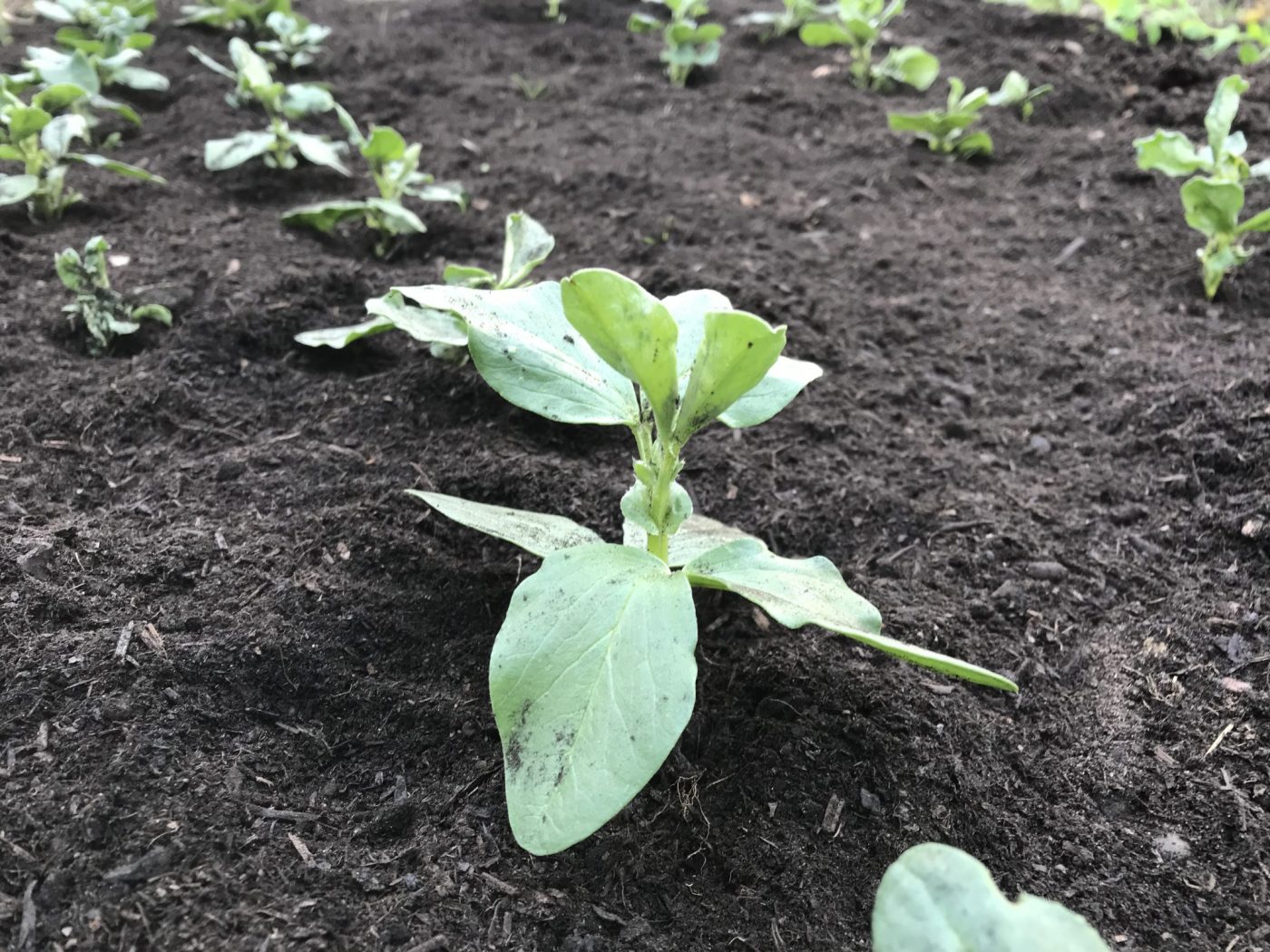
- Broad beans
- Carrots
- Parsnips
- Potatoes: that you’ve been chitting can all go into the ground this month, but beware late frosts – they can cut the plants to the ground. If frost is predicted mound up, as you need to anyway, the afternoon before, by scraping soil gently over the top of the plant, creating a mound the potatoes will grow into. Or cover with horticultural fleece.



